 Shop On-Line at the Art of Essex
Shop On-Line at the Art of Essex
 Shop On-Line at the Art of Essex
Shop On-Line at the Art of Essex
|
Lesson Plan: Construct-A-Vision
Teacher: Mrs. Suzy Weber
and Mr. Essex Garner,
Saint Joseph Catholic School, Jefferson
City, Missouri
Cooperating Teacher: Mrs. Suzy Weber
Unit: Making Art – Construction of Art Materials - math/abstract thinking
integration
Grade Level: Elementary and Middle School (6 and 9) - Adaptable to higher
grades through extension of grids (Golden Rectangle)
|
Missouri Standards for Teacher Education Programs
(MoSTEP) 1.2.2.2 Strengthens prior knowledge with new ideas. 1.2.2.3 Encourages student responsibility. 1.2.3.4 Connects instruction to students' prior experiences and family, culture, and community.
Standards:
Performance Indicators: 1.2.4.1 Selects
and creates learning experiences that are appropriate for curriculum goals,
relevant to learners, and based upon principles of effective instruction (e.g.,
encourages exploration and problem solving, building new skills from those
previously acquired).
|
|
|
Objective Students will be working on the plan of a constructivist project from one template the student has chosen, and only use that template throughout the entire project. Develop a grid system to support their template; Golden Rectangle Format. Using basic elements of economy of supplies (if necessary) create a diagram that relates to the Constructivist Art Movement with and emphasis on color theory. Supplies
Needed
Construction Paper, Scissors, Glue
Ruler and a ruler.
I have
found that this concept can be stretched into higher-level grids and complexity
of design through interlocking grids. Steps 1. Begin with basic
shapes ¼ to 3/8th inch thick stencil pieces having symmetrical ends.
Give students the chance to create their own concepts, but remind them both
ends of the template need to reflect or deflect the others end. Explain to the
students that this is not a new art concept within society, and the value placed
on the Golden Rectangle in basic forms of architectural design, math and
engineering. This fundamental concept was also used by Leonardo Da Vinci
in his divine proportion of the human body and how this is also a basic math
formula. The Golden Rectangle. A Square plus B Square. Your math people will
pay more attention at this point.
|
Completed Construction 6th Grade St. Joseph Cathedral Art Students
|
| Have students draw a then line or
small pencil marks that represent the imaginary square. Do not allow
students to glue down the second grid at this step. Each grid is created
separately or independently of each other and glued together during the
final stage. Stage 1 (Negative space clearly definable here).
Step 3. Students need to pick out a neutral background for their project. Students should stay away from background colors that are related to any colors that are on the basic stenciled patterns.
|
|
| Exploding
template pattern. The second grid contains the imploding pattern. Order to
chaos and chaos to order. You can review the Theory of Chaos repeatedly here.
Step 4. As each stencil is cut out, ensure the students don’t through away their cut of pieces. These pieces can be used to fill up negative space around the grids, and also help the student fill up imaginary patterns randomly coming in and going off the grids surface.
|
|
| Step
5.
Have students continue this pattern until they start to work on the smaller
grid; them imploding section with continued
emphasis in craftsmanship.
We begin discussing how to bond all these pieces together in relationship to chaos and order in chaos. After the edges are encountered, have students cut remaining areas and save them for other sections. Introduce new section (Rectangle). Measure 12 inches from bigger negative space. Step 6. By this stage most of the students have a good sense of direction in which they will go within this project, and you should let them, just keep emphases on craftsmanship and neatness. This is a project that demands a certain amount of individuality from the student, and that definitely comes through in the resulting artwork. |
|
| Color choices: Six to eight primary, secondary and tertiary colors are
suggested. Negative space should be neutral colors.
This
takes about 5 forty-minute class periods to complete with a class of about 25
students. The results can be very exciting!
|
|
|
Let Dry |
 |
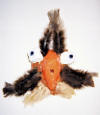 |
 |
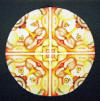 |
|
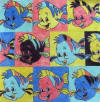 |
 |
|
| Cut Paper Design
(7-12) |
Junk Sculpture Lesson Plan (6-12) |
Paper Mache Masks Lesson Plan (6-12)
English Leccion Plan para Mascaras de Papel Mache (6-12) Spanish |
Advance Scribble Pictures
Lesson Plan (K-3) |
Radial Design Mandala Lesson Plan (6-9) |
Construct-A-Vision Lesson
Plan (6-12) |
Andy Warhol Lesson Plan
(7-12) |
Color By Numbers Lesson Plan (K-4) |
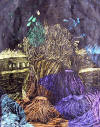 |
 |
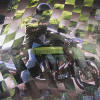 |
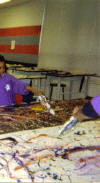 |
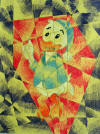 |
|
 |
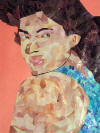 |
| Crayon Etching Lesson Plan
(3-12) |
Chuck Close Lesson Plans
(10-12) |
Magazine Weaving
Lesson Plan (9-12) |
Jackson Pollock Creative Thinking (3-8) |
Color Cubism Lesson Plan (6-8) |
Contemporary Sculpture/Constructivist | Stained Glass
Designs Lesson Plan (4-9) |
Paper Mosaic Lesson Plan (9-12) |
|
|
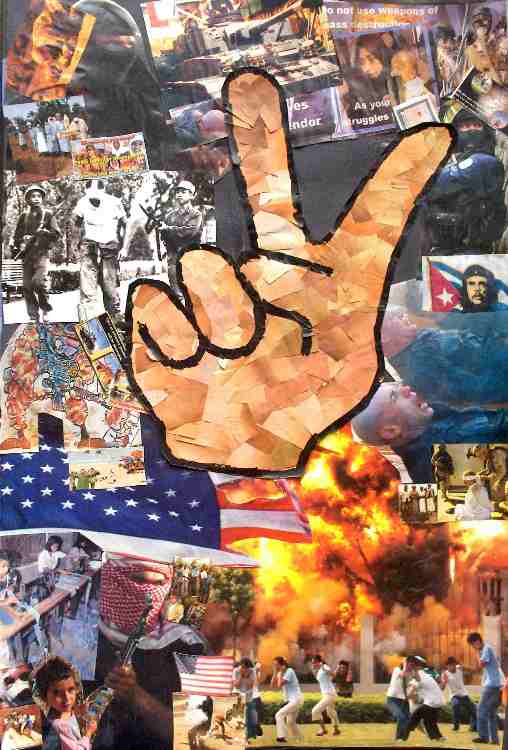 |
|
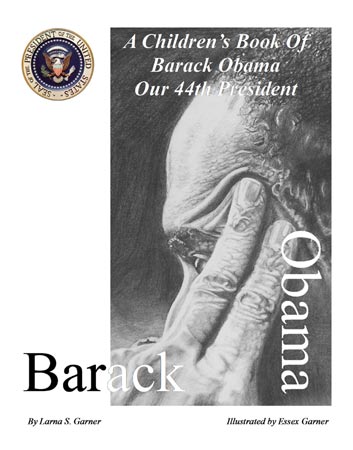 |
See If You Can Draw (K-3) |
The Science Of Art Through
Light (4-10) |
The Color Wheel (2-12) | Art Principles (All Ages) |
| Paper Mosaic | Mosaic | Mosaic | A
Childrens's Book Barack Obama |
Unique Drawing Experience
(K-4) |
Finger Painting
Imagination (K-3) |
Bearden Lesson Plan (3-8) |
Cognitive Development Portfolio (K) |
|
|
   |